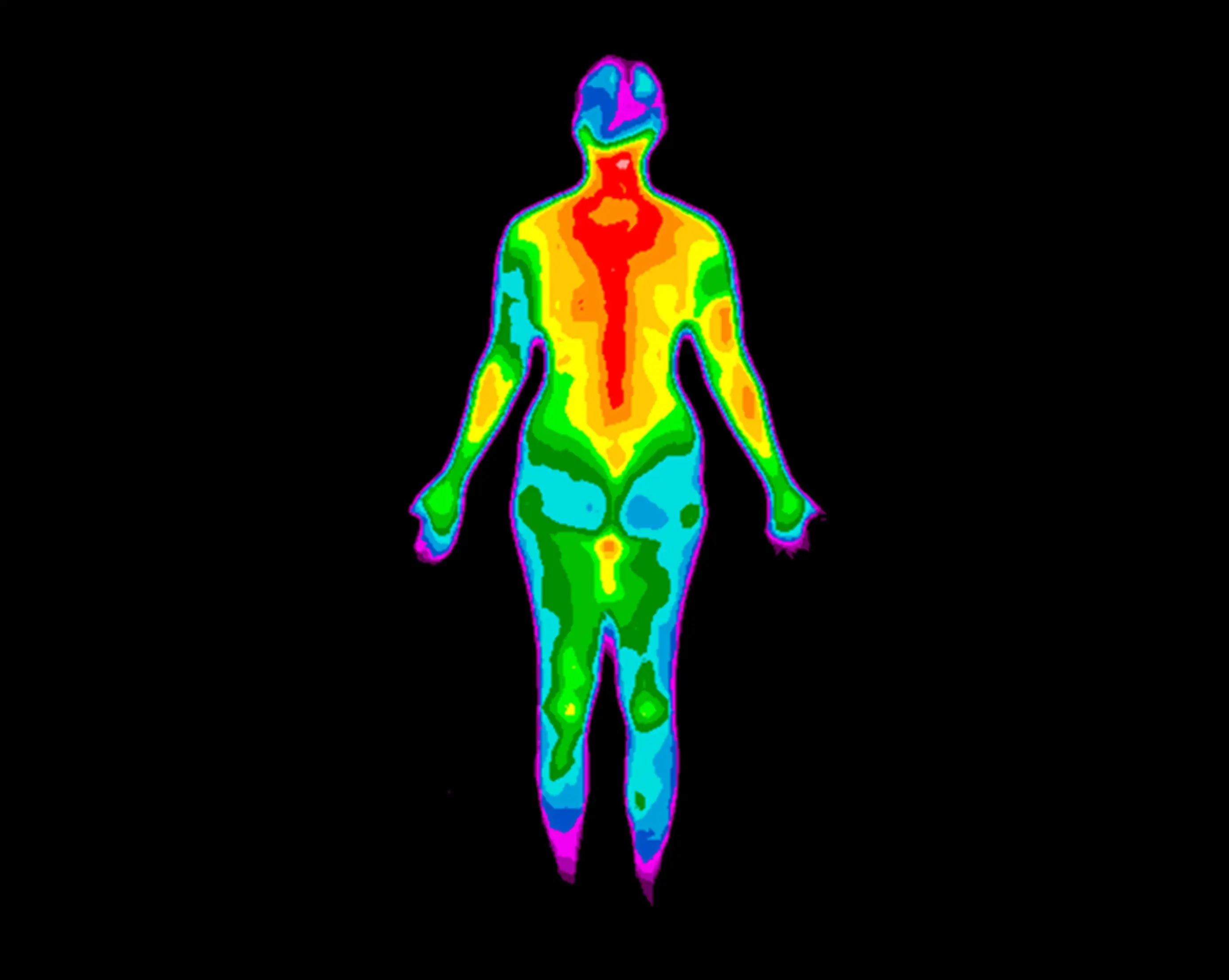Thermal Symmetry of Upper and Lower Body Extremities in Healthy Subjects
Abstract: Infrared thermal imaging is being increasingly utilised in the study of neurological and musculoskeletal disorders. In these conditions data on the symmetry (or the lack of it) of skin temperature provides valuable information to clinicians.
A major study on thermal symmetry, however, was made in 1988 but there is an absence of studies with the current generation of higher resolution cameras. No study to date has compared total body views with close-up regional views in both anterior and dorsal views. In this study skin temperature measurements have been carried out using thermograms of 39 healthy male subjects.
Measurements were obtained from an infrared camera using the CTHERM application developed at the authors’ research unit. CTHERM is capable of calculating statistical data such as temperature averages and standard deviation values in corresponding areas of interest on both sides of the body. Results show that in healthy subjects the highest temperature symmetry difference was at most 0.4ºC±0.3ºC in total body views and 0.4ºC±0.15ºC in regional views.
Total body views and regional views produced comparable results although less variation was achieved in regional views. Using a high-resolution camera the study achieved better results on thermal symmetry in normal subjects than previously reported. Symmetry assumptions can therefore be used with higher confidence when assessing abnormalities in specific pathologic states.
Reference: Vardasca, R., Ring, E.F.J., Plassmann, P., & Jones, C. (2012). Termal symmetry of the upper and lower extremities in healthy subjects. Thermology International. 22. 53-60.
| Interested in learning more about thermal imaging? Request a demonstration with Digatherm and discover how veterinary thermography can help you find problem areas faster and easily monitor treatment progress. |

